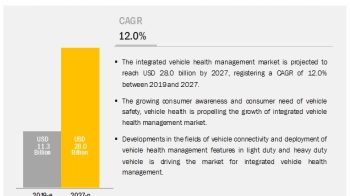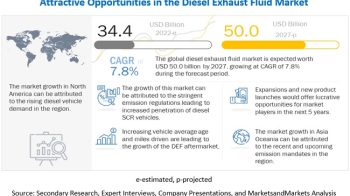
The report “Composite Resin Market by Resin Type (Thermoset and Thermoplastic), by Manufacturing Process (Layup, Injection Molding, Filament Winding, Pultrusion, Compression Molding, RTM, and Others), by Application & by Region – Global Forecasts to 2020”, defines and segments the composite resin market with an analysis and forecast of the volumes and values of resin types such as thermoset and thermoplastic composite resin. Along with this, the volume and value of materials by applications, such as construction & infrastructure, transportation, electricals & electronics, pipe & tanks, wind energy, marine, and aerospace & defense, are also discussed.
Browse 69 market data tables and 46 figures spread through 153 pages and in-depth TOC on “Composite Resin Market”
Download PDF Brochure
https://www.marketsandmarkets.com/pdfdownloadNew.asp?id=66717271
It also identifies the driving and restraining factors for the composite resin market with an analysis of trends, opportunities, burning issues, and winning imperatives. The market is segmented and the volume and value have been projected on the basis of major regions such as North America, Asia-Pacific, Europe, and the Rest of the World (RoW).
The demand for lightweight automotive parts has given an edge to composite resin due to its improved properties and reduced curing time. The use of composite resin has enabled reduction in the weight of automotive parts, leading to the production of light weight vehicles, improved engine efficiency, reduction in CO2 emissions, and superior performance. The automotive industry can benefit from composites in several applications such as powertrain, suspension & breaking systems, exhaust systems, and catalytic converters and body parts. The advantage of composite resin is its mechanical, electrical, thermal, barrier, and chemical properties such as increased tensile strength, improved heat deflection temperature, and flame retardancy. As automakers in the U.S. are working to meet Corporate Average Fuel Efficiency (CAFE) standards of 36.6 mpg by 2017 and 54.5 mpg by 2025, vehicle weight reduction has become a major strategy. The use of composite resin in automobiles can help the manufacturers to achieve the target with improved mileage.
The global market for composite resin by end-use application, in terms of value, is projected to reach around USD 12,885.5 Million by 2020.
The composite resin market, in terms of value, is projected to reach around USD 12,885.5 Million by 2020, growing at a significant CAGR between 2015 and 2020. The Asia-Pacific region dominated the composite resin market, in terms of volume, in 2014 and it is projected to grow at a high growth rate between 2015 and 2020. Large construction & infrastructure industry, transportation, and wind industry in the Asia-Pacific region helped it to dominate the global composite resin market. The construction & infrastructure market in Asia-Pacific is the key driving factor for the composite resin application market.
North America and Asia-Pacific accounted for more than 75% share in the composite resin market, in terms of volume, in 2014.
Asia-Pacific is the prime consumer of composite resin globally, followed by North America. North America and Asia-Pacific together accounted for more than 75% of the composite resin market, in terms of volume, in 2014. Asia-Pacific is projected to grow at the highest CAGR and secure its leading market position by 2020, with increasing demand from construction & infrastructure, transportation, and electricals & electronic market. In North America, the use of composite resin continues to increase in the transportation industry to replace the other conventional composite resin that reduces the weight of vehicles and increases their mileage.


